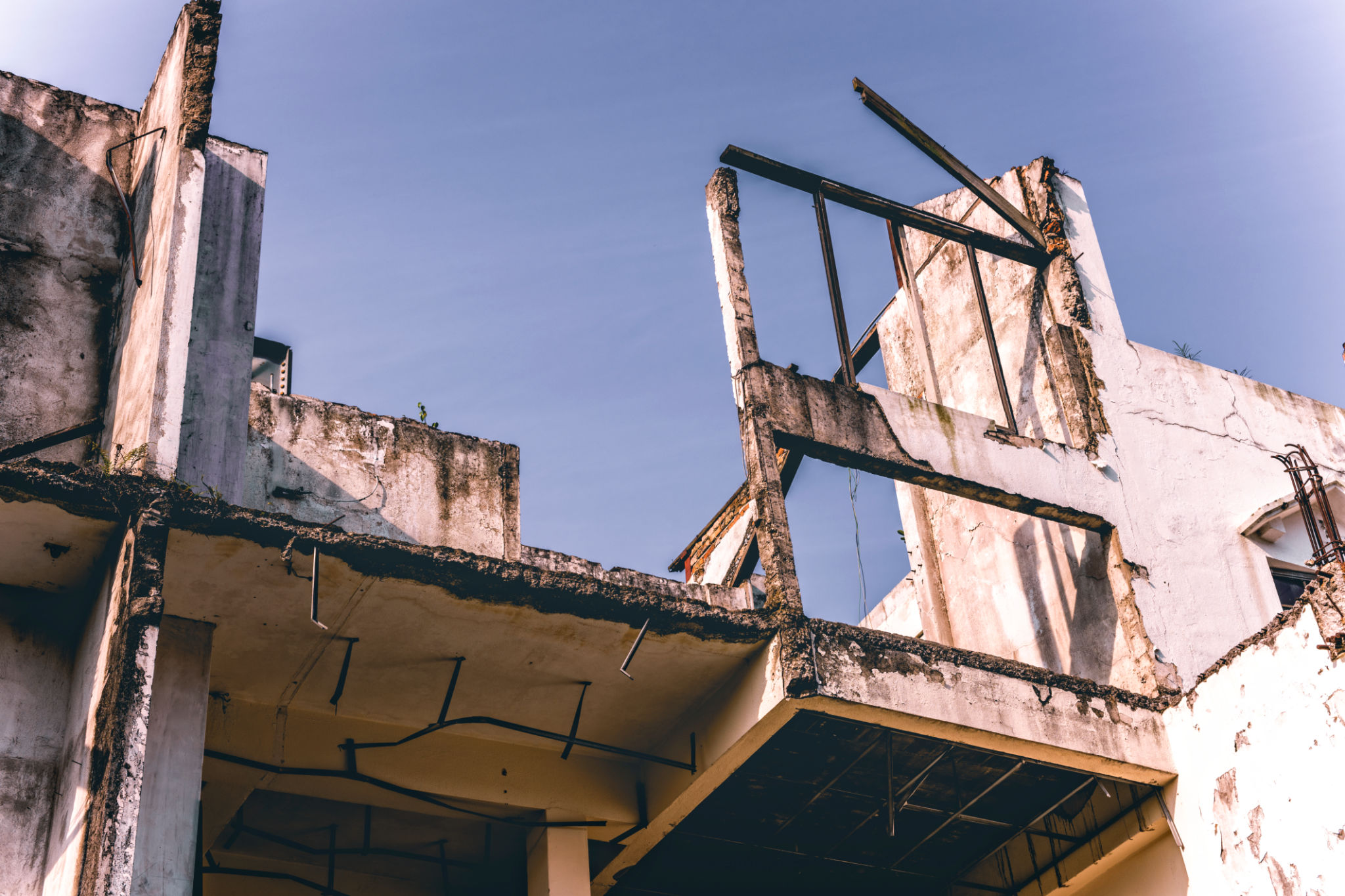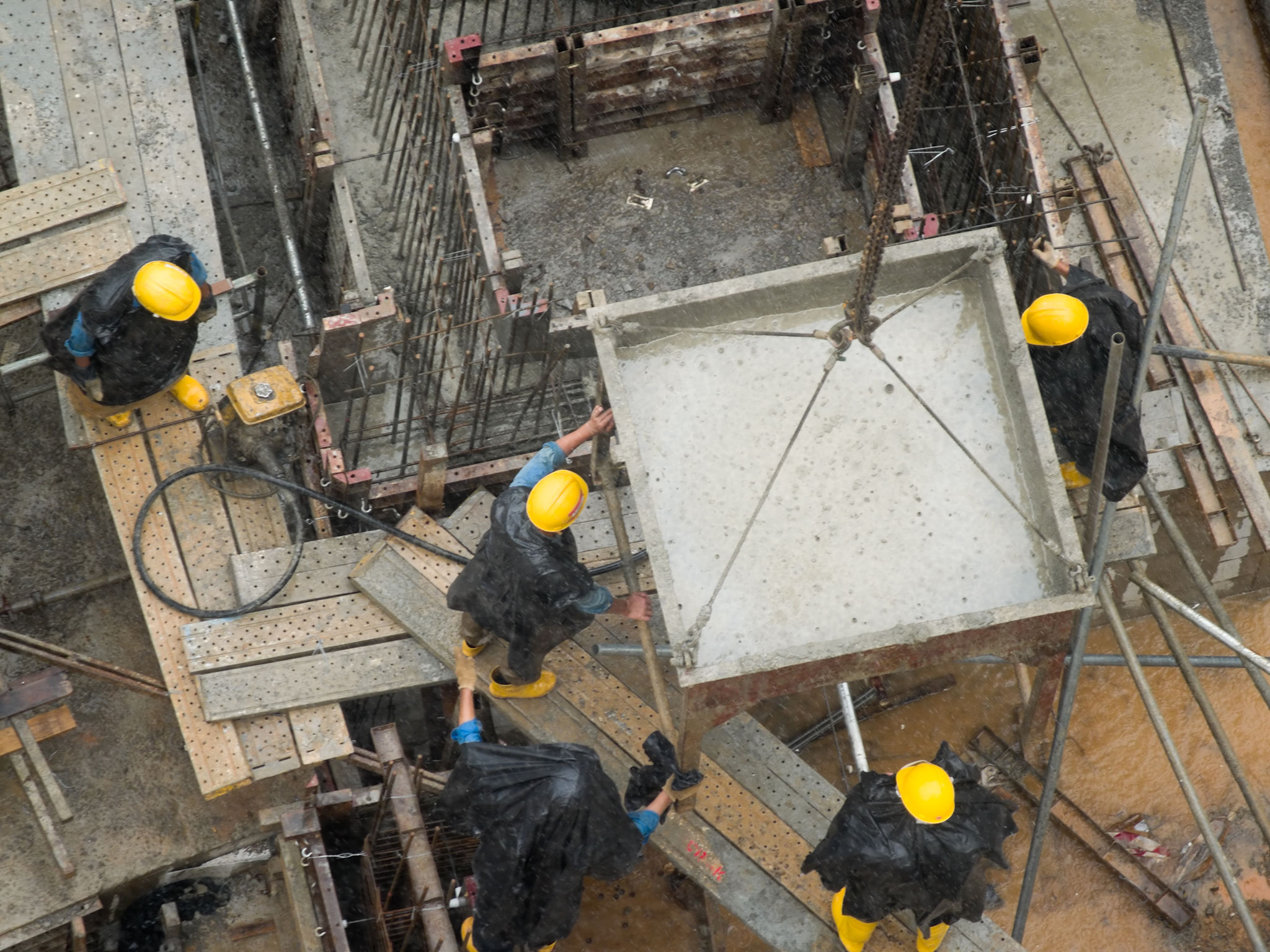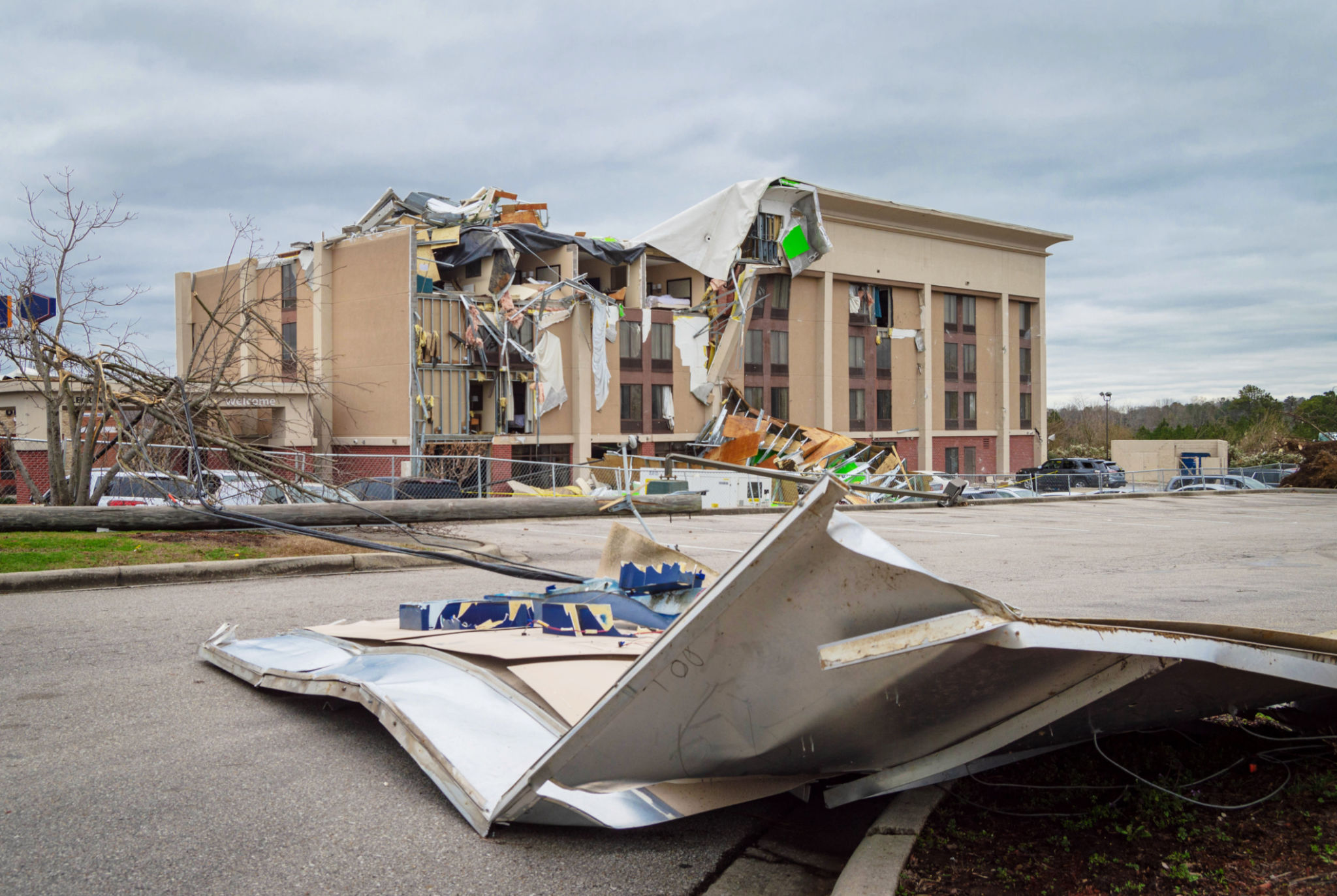Understanding the Impact of Weather on Commercial Property Maintenance
The Role of Weather in Commercial Property Maintenance
Weather plays a pivotal role in shaping the maintenance strategies of commercial properties. From heatwaves to blizzards, each weather pattern presents unique challenges that property managers must anticipate and address. Understanding these impacts is crucial for maintaining the structural integrity and aesthetic appeal of commercial buildings.

Impact of Extreme Temperatures
Extreme temperatures, whether hot or cold, can significantly affect the exterior and interior components of commercial properties. High temperatures may cause roofing materials to expand and contract, leading to cracks and leaks. On the other hand, frigid temperatures can result in frozen pipes and damaged HVAC systems. Both scenarios demand proactive maintenance to prevent costly repairs.
To combat these issues, property managers can implement routine inspections and maintenance checks. This includes assessing roofing conditions before the peak of summer or winter, ensuring that HVAC systems are serviced regularly, and insulating pipes to prevent freezing. These steps can mitigate the adverse effects of extreme temperatures.
The Influence of Rainfall and Humidity
Rainfall and humidity are other critical factors affecting commercial property maintenance. Constant exposure to rain can lead to water damage, mold growth, and deterioration of building materials. High humidity levels can exacerbate these issues by creating an environment conducive to mold and mildew.

Effective drainage systems are essential for managing water runoff and preventing flooding. Regular checks to ensure gutters and downspouts are clear of debris can help maintain proper water flow. Additionally, using moisture-resistant materials and sealants can protect against humidity-related damage.
Preparing for Storms and Natural Disasters
Storms and natural disasters pose significant threats to commercial properties. High winds, hail, and heavy rain can cause structural damage and disrupt business operations. Preparing for these events involves a comprehensive risk assessment and the implementation of a disaster response plan.
Property managers should ensure that roofs are secured, windows are reinforced, and emergency kits are readily available. Regular training for staff on emergency procedures can also enhance preparedness and minimize downtime during such events.

Seasonal Maintenance Strategies
Seasonal changes require specific maintenance strategies to ensure property longevity. In spring, it's essential to inspect for any winter damage, clear debris from external areas, and prepare landscaping for summer growth. During autumn, focus on cleaning gutters, checking insulation, and preparing heating systems for winter.
An effective seasonal maintenance plan not only addresses immediate concerns but also helps in budgeting for future repairs. By anticipating seasonal impacts, property managers can allocate resources more efficiently and ensure continuous operation throughout the year.
Conclusion: Proactive vs. Reactive Maintenance
Understanding the impact of weather on commercial property maintenance highlights the importance of proactive strategies over reactive ones. By anticipating weather-related issues, property managers can protect their investments, extend the lifespan of building components, and enhance the overall safety and comfort of their properties.
Ultimately, a proactive approach not only reduces costs associated with emergency repairs but also ensures a well-maintained environment that reflects positively on businesses housed within these properties.